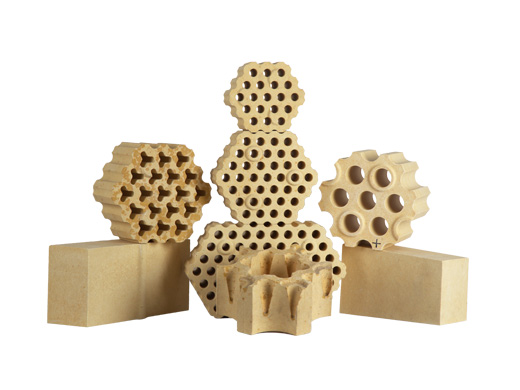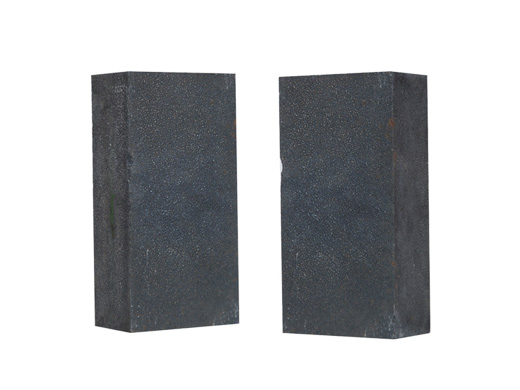Use Conditions and Functions of Cement Kiln Bricks
Industry news | Refractory Wiki | Refractory news | Enterprise news | Use Conditions and Functions of Cement Kiln Bricks
1. Conditions and functions of kiln bricks
The cement plant operates with the kiln as the center. Some other auxiliary equipment has to be reluctantly supported if there is a failure. Only when there is a problem with the kiln will centralized repairs be carried out. The quality of the kiln system is directly related to the life of the kiln bricks, and the life of the kiln bricks is directly related to the quality of the kiln bricks. It can be seen that the quality of bricklaying has an impact on the operation of the entire plant.
Generally, the kiln shell bears about 400 degrees, and the kiln brick bears about 1600 degrees. If the kiln has bricks, the temperature of the kiln shell will be too high to exceed its range, and it will be dark red during observation at night. If it is not handled in time, the kiln shell will be deformed. When the kiln bricks are repaired in the future, it will be difficult to make the kiln bricks compact due to the deformation of the kiln shell, and it is easy to fall off. When changing bricks, it is mainly judged by the thickness of the refractory bricks and the time of use, plus the surface conditions of some bricks. Kiln bricks are a layer of refractory material filled inside the kiln shell.

The main functions of kiln bricks are as follows:
1. Reduce the chemical corrosion and mechanical abrasion of the cylinder by high temperature gases and materials, and protect the kiln shell.
2. As a heat transfer medium, the kiln brick can absorb a part of the heat from the gas and transfer it to the material in different conduction and radiation methods.
3. Kiln bricks can also be insulated to reduce heat loss from the kiln body.
1. Conditions and functions of kiln bricks
The cement plant operates with the kiln as the center. Some other auxiliary equipment has to be reluctantly supported if there is a failure. Only when there is a problem with the kiln will centralized repairs be carried out. The quality of the kiln system is directly related to the life of the kiln bricks, and the life of the kiln bricks is directly related to the quality of the kiln bricks. It can be seen that the quality of bricklaying has an impact on the operation of the entire plant.
Generally, the kiln shell bears about 400 degrees, and the kiln brick bears about 1600 degrees. If the kiln has bricks, the temperature of the kiln shell will be too high to exceed its range, and it will be dark red during observation at night. If it is not handled in time, the kiln shell will be deformed. When the kiln bricks are repaired in the future, it will be difficult to make the kiln bricks compact due to the deformation of the kiln shell, and it is easy to fall off. When changing bricks, it is mainly judged by the thickness of the refractory bricks and the time of use, plus the surface conditions of some bricks. Kiln bricks are a layer of refractory material filled inside the kiln shell.

1. Reduce the chemical corrosion and mechanical abrasion of the cylinder by high temperature gases and materials, and protect the kiln shell.
2. As a heat transfer medium, the kiln brick can absorb a part of the heat from the gas and transfer it to the material in different conduction and radiation methods.
3. Kiln bricks can also be insulated to reduce heat loss from the kiln body.
Newest
- 2023-07-31
Properties of silicon nitride and its application in refract···...
- 2023-07-31
Properties of silicon nitride and its application in refract···...
- 2023-07-31
Properties of silicon nitride and its application in refract···...
- 2023-07-31
Properties of silicon nitride and its application in refract···...
- 2023-07-31
To explore the application of magnesia carbon brick in refra···...
Solution
- 2022-11-22
The technical requirements and production processes of fused···...
- 2022-09-06
Price Determinants of high alumina fire bricks...
- 2022-08-30
Technical performance and technology of silica mullite brick···...
- 2022-08-27
Refractory materials in various parts of the furnace and pre···...
- 2022-08-23
Magnesite chrome brick composition process classification...




